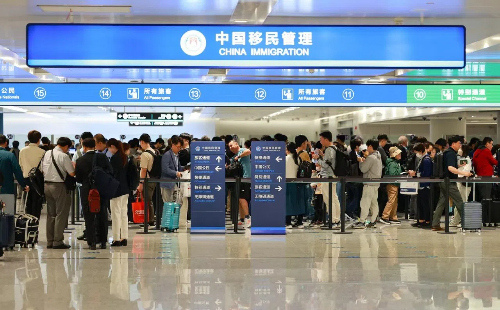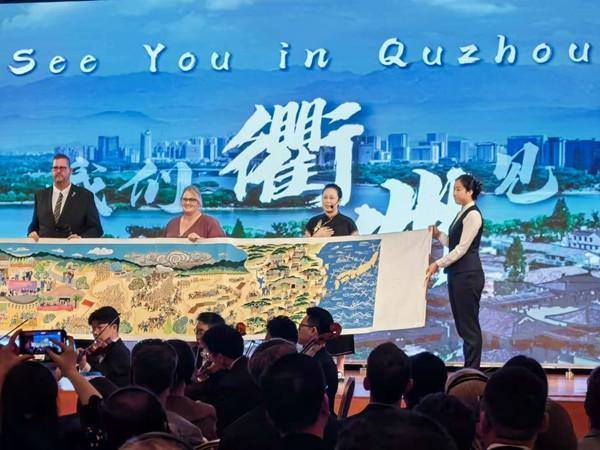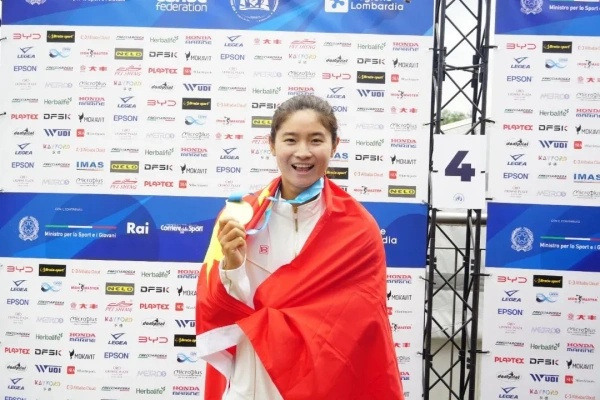With the eagerly awaited 19th Asian Games currently underway in Hangzhou, the third instance of China hosting the prestigious Asiad following Beijing in 1990 and Guangzhou in 2010, the emblems of the three sporting occasions have also been brought under the spotlight.
Emblem of the 11th Asian Games
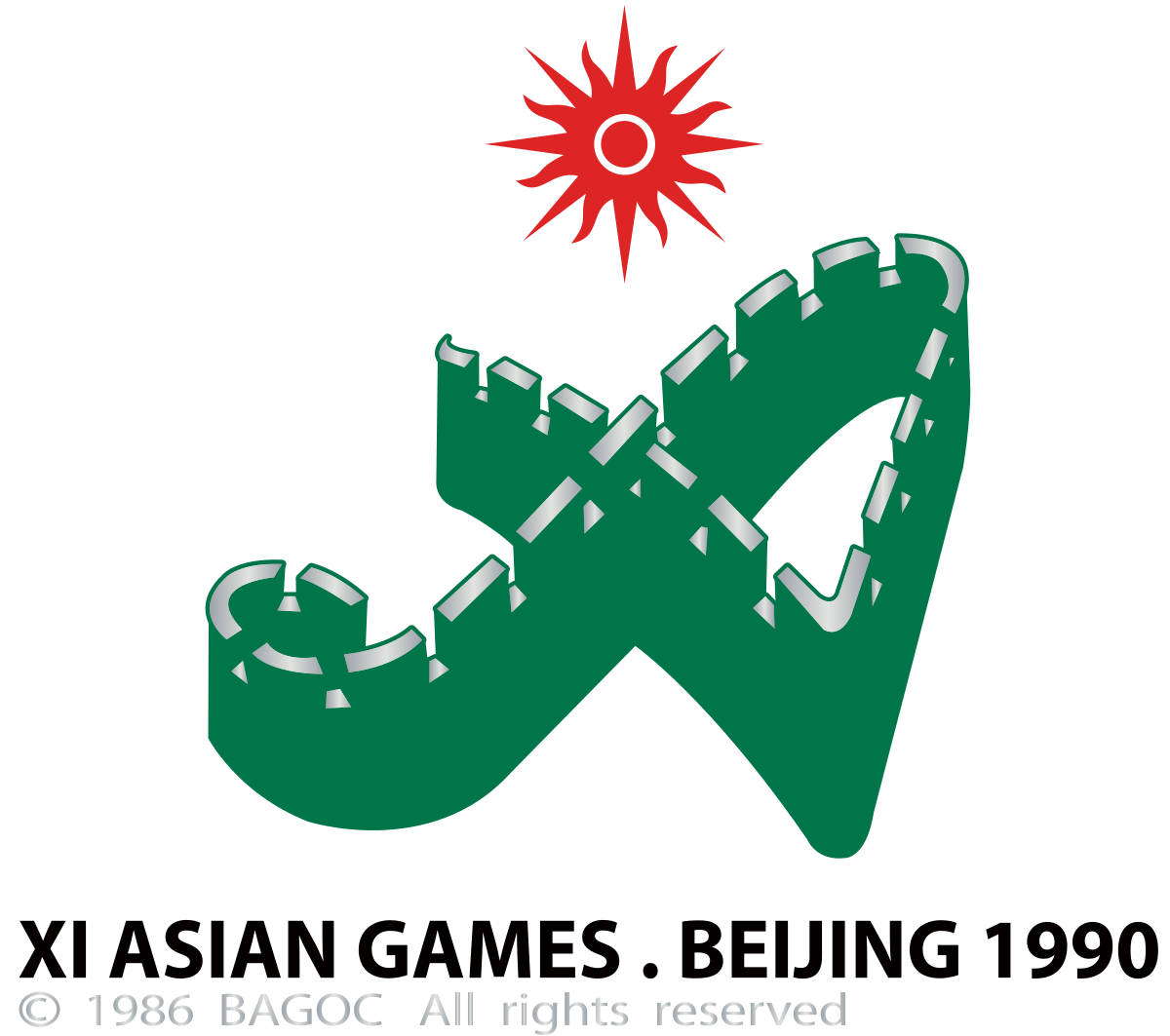
The emblem of the 11th Asian Games, which is also known as the XI Asiad. (File Photo/ casia.org)
The year 1990 was the first time that China hosted the Asian Games, and "the first large-scale international sports event" ever to be held in the country, according to the Olympic Council of Asia (OCA).
And the emblem of the event held in Beijing, also known as the XI Asiad, was the Great Wall of China, the iconic symbol of the country and one of the greatest wonders of the world. This complex architectural undertaking built by human hand has been listed as a UNESCO World Heritage Site since 1987.
With a section of the Great Wall forming the shape of a letter "A" to represent "Asia," beneath the bright shining sun of the emblem of the Olympic Council of Asia, the emblem for the 11th Asian Games extended the best wishes of China to make this first major sports gathering in its capital to serve as a bond to unite the peoples of Asia.
Emblem of the 16th Asian Games
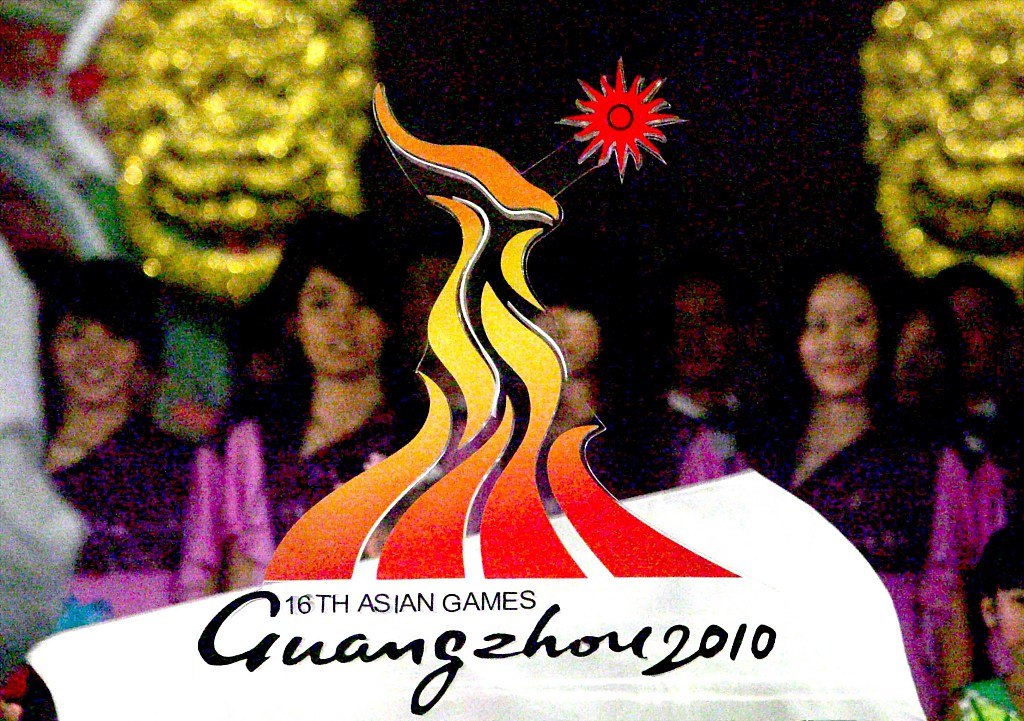
A file photo shows the emblem of the 16th Asian Games (also known as the XVI Asiad). (Photo/ CFP)
The 16th Asian Games, which is also known as the XVI Asiad, took place in November, 2010 in Guangzhou, the provincial capital of Guangdong, that has long been known as the "City of Rams," behind which lies a legend of five immortals riding on five rams of different colors, each holding rice ears in their mouths, who once saved the lands of Guangzhou from famine.
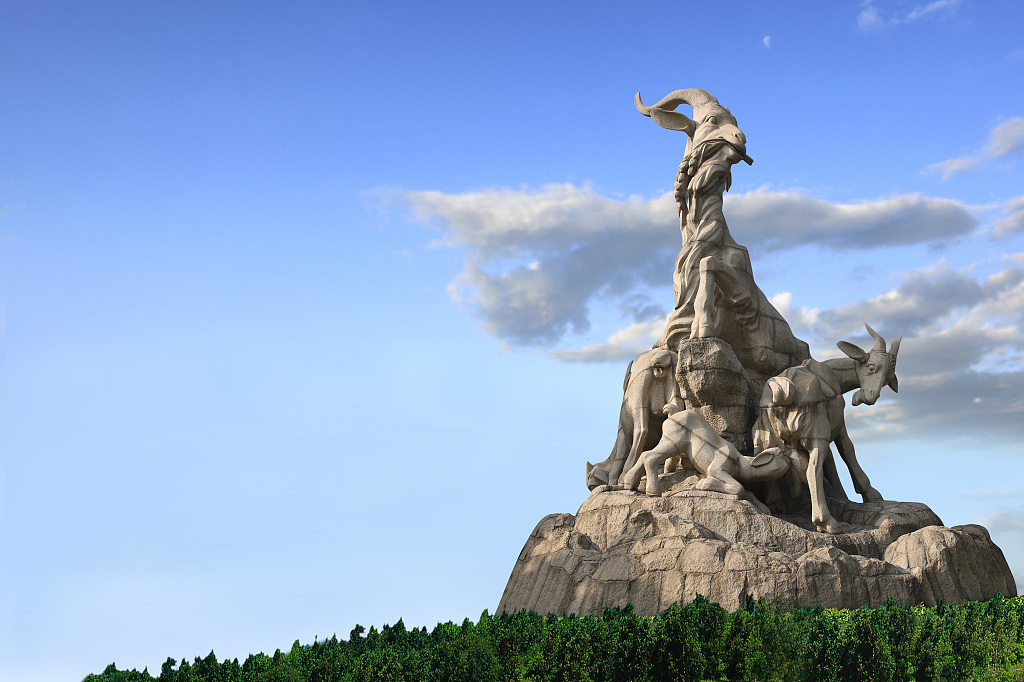
An iconic statue themed on the city's beloved five rams is photographed in Guangzhou, Guangdong. (Photo/ CFP)
The beloved animal of the city was incorporated into the design of the Guangzhou 2010 emblem, which drew inspirations from a local sculpture of five rams. Combining abstraction with realism, the emblem artistically transformed the contours of the sculpture into graceful, ascending lines, with five rams nimbly and elegantly "jumping" into a solemn torch, symbolizing the relentless light of the Asian Games' sacred flame that can never be extinguished.
Emblem of the 19th Asian Games

A photo taken on September 10, 2023 shows a sand painting featuring the emblem of the Hangzhou 2022 Asian Games "Surging Tides" emblem. (Photo/ CFP)
The designers behind the emblem for the 2022 Asian Games opted for the "Tides of Qiantang River" as its dominant image. Titled "Surging Tides," the emblem consists of six elements including a Chinese fan, the Qiantang River, the surging tidal bore of this famous river, a running track, along with the internet icon and a glowing red sun. Below run the words, "19th Asian Games Hangzhou 2022."
According to the Hangzhou Asian Games Organizing Committee, the fan shape reflects the cultural heritage of the region, the racetrack represents sports competitions, and the internet symbol represents Hangzhou's position as a global technology hub, while the sun symbolizes the Olympic Council of Asia.
And the striking element of tides not only shows off the natural beauty and profound cultural heritage boasted by Hangzhou, but also reflects the spirited and determined nature of the local people of Zhejiang, who have always opened their arms to ride the tides of the era.
The emblem as a whole represents the development of China alongside the unity, solidarity and onward development of the OCA.
Source: CGTN
Editor: Bian Bingying
